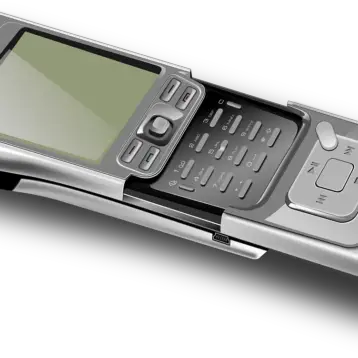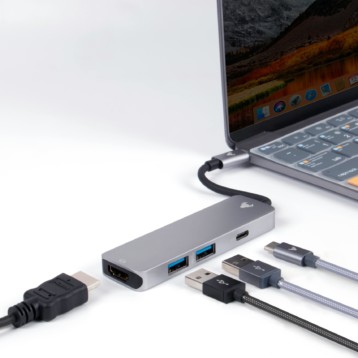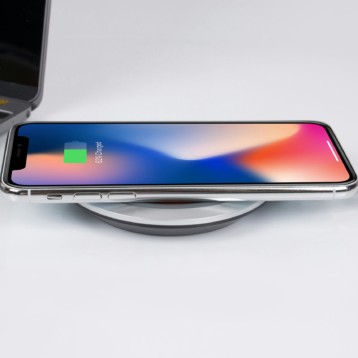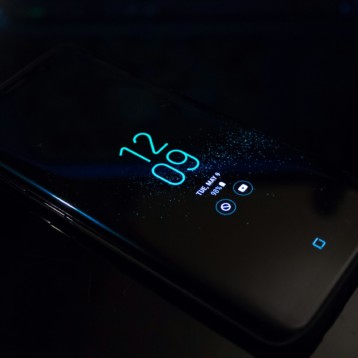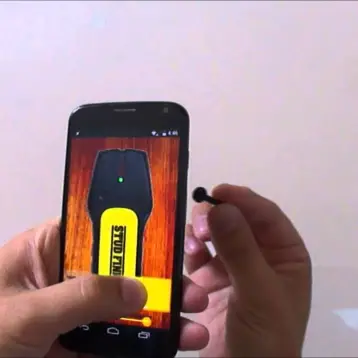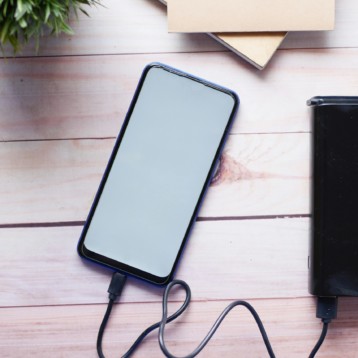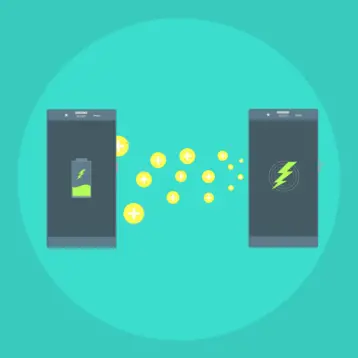One of the most important factors when it comes to charging our devices is the charging speed for them. These days everyone has some sort of portable device, and we rely on our smartphones, tablets, and laptops to keep up with life. Whether it’s school, work-related, or keeping in touch with family and friends, these types of devices are a part of our lives.
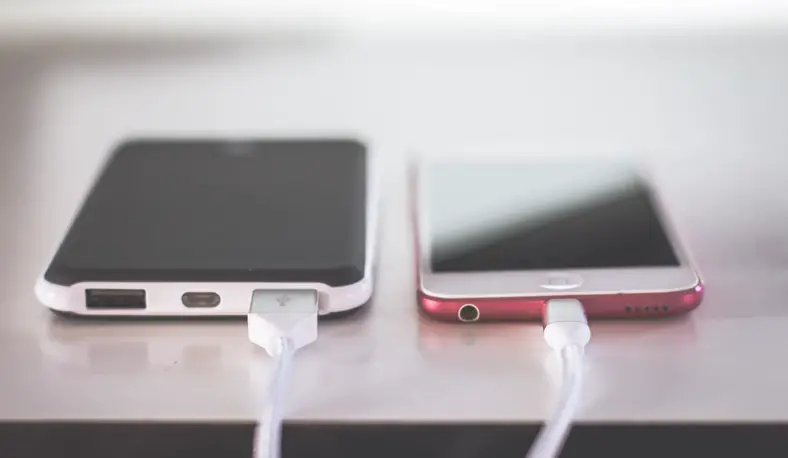
Photo by Steve Johnson from Pexels
Of course, the most popular portable device that we use is a smartphone. They’ve always been a mini-computer that you could fit into your pocket, and now we’ve reached the point where you can actually get a lot done on solely your phone, that is if you don’t mind doing some things on a smaller screen. Phones these days have a lot more powerful processors, their displays are great, and the camera quality is getting to the professional level.
With all these higher specs, the battery power of a smartphone is going to be burnt out pretty quickly. The solution for this higher battery usage is faster charging. Sure, the use of different battery tech can be highly useful, using another type of battery other than Lithium-Ion is quite a slippery slope as there’s no telling how the battery tech might last. Even the two behemoths, Apple and Samsung haven’t used a different type of battery.
So what are the fast charging options for phones? Well, let’s start with Qualcomm’s Quick Charge. Quick Charge is used with many Android smartphones on the market. Why is that? Well, that because Qualcomm is also the manufacturer of the Snapdragon processor that goes into many Android phones, if someone owns an Android phone then there’s a very high chance that their phone has a Qualcomm processor.
However, that’s also where the weak point of Quick Charge is, and that would be it’s only used for fast charging Android smartphones. The good news is that there are a standard port and a fast charging technology that can bridge different devices, such as phones, tablets, and laptops, and so you’re able to charge your devices with basically a single type of a charger.
The standard that we’re talking about is USB-C and the fast charging tech is Power Delivery. Even though many Android smartphones are still Quick Charge compatible, almost all of them now use a USB-C port for charging and connectivity and are also Power Delivery compatible, too.
Oh, and what is Power Delivery? Power Delivery is a fast charging technology that is used with the USB-C standard, so you can get faster-charging speeds for larger and more powerful devices such as laptops.
The use of USB-C Power Delivery has even been taken to newer iPhone models. Even though current iPhones are still using the same Lightning port, you’re able to fast charge an iPhone with a Power Delivery charger with a USB-C to Lightning cable. Not many people know that, as the iPhone still comes with a 5W charger out of the box, and that is a questionable choice for a high-end brand that is selling a $1,000 phone.
Moving onto charging larger devices such as laptops using USB-C Power Delivery, there are quite a lot of laptops that are compatible with the fast charging tech. Apple’s MacBook was a laptop that made a heavy statement with its use a single USB-C port back in 2013, showing that USB-C is what they’re using and that their customer base will have to be accustomed to using it.
So, we just got done talking about how Power Delivery can fast-charge smartphones, but how can it charge laptops? Well, PD charging has different ranges of power. Power Delivery charging starts at 18W and goes up from there. Even an 18W USB-C Power Delivery port can charge some USB-C laptops on the market, although you may get a message on your laptop that says your laptop is charging slowly.
The solution to this is to get a higher rated Power Delivery charger such as a 30W PD charger or 45W – 60W charger. This way, you’re able to charge your laptop at optimal power, and you’re also able to fast charge your smartphone. Wait a sec, using a 60W PD charger to charge a USB-C smartphone? Sounds crazy, right? Well, it does sound crazy, but it can be done and it’s completely safe as your phone can accept a certain amount of power and therefore it doesn’t get damaged.
Another two cool things about Power Delivery charging is its use of dynamic charging and also Gallium Nitride chips.
Dynamic charging is what the above Aukey dual Power Delivery USB charger features. When it comes to PD charging, most chargers have just a single port that uses it, but in this case, there are two. If you’re using the two ports at the same time, then each of the ports will output a charging speed of 18W. But if you’re charging a single device from the USB-C port, then the report will be able to output 30W.
So you get more power from a Dynamic PD charger than with a regular charger, where the charging power would be fixed no matter how many devices you’re charging.
Then there are Gallium Nitride Chips. What are they? Well, most chargers on the market use Silicone components, and that can make a charger rather large, and this is especially true for more powerful chargers. With the use of a GaN chip, it’s able to deliver lots of power while the charger itself maintains a smaller form factor as there’s just a single chip being used in place of many components.
As a result of using a GaN chip with a charger, you get this Anker PowerPort PD Atom 1 wall charger. The charger has a single port, but the single port has a 30W charging speed. The great part is that you get the charger with a form factor of 1.4 x 1.3 inches. That’s another benefit of Power Delivery charging, you’re able to place your laptop charger into your pocket, rather than relying on a charging brick with a rather long charging cable.



